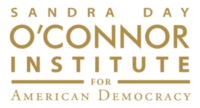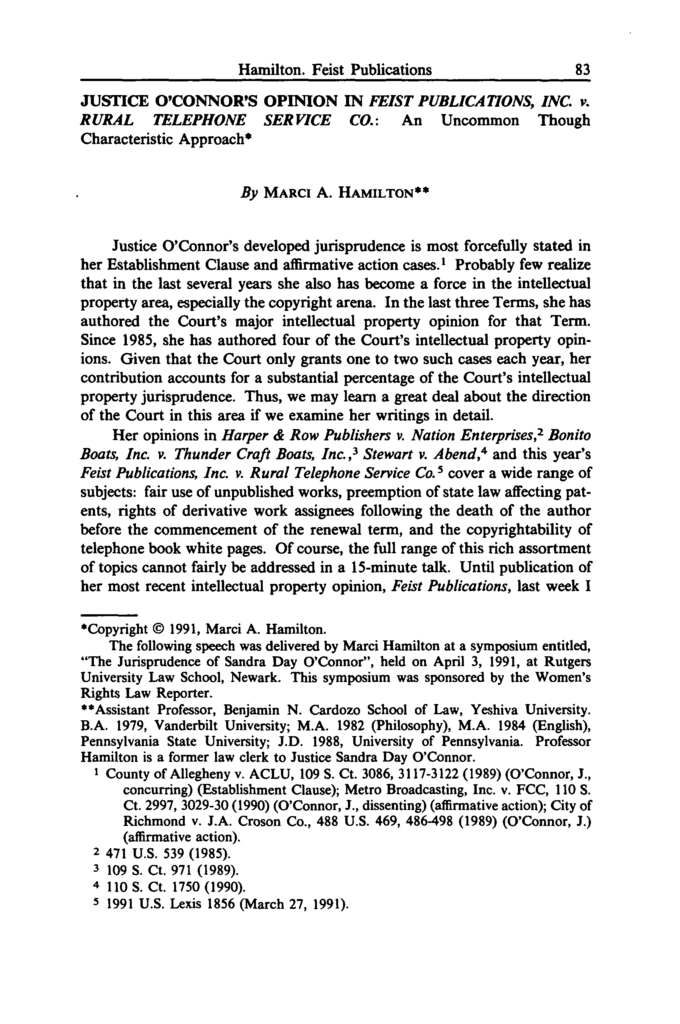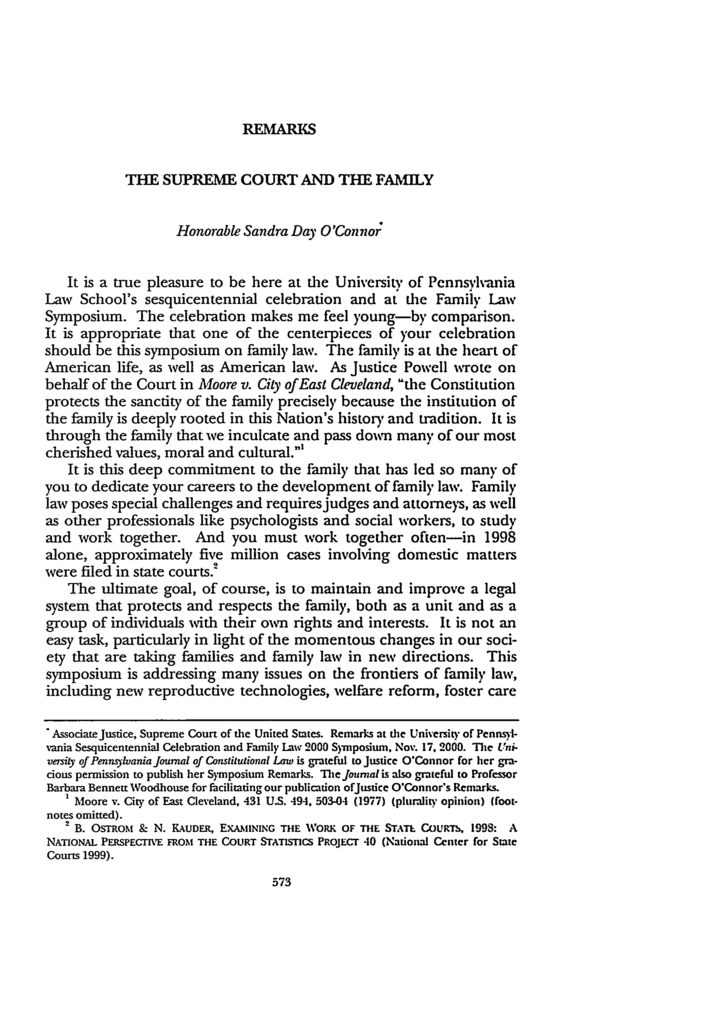Justice O’Connor’s Opinion in Feist Publications, Inc. v. Rural Telephone Service Co.: An Uncommon Though Characteristic Approach
JUSTICE O’CONNOR’S OPINION IN FEIST PUBLICATIONS, INC. v.
RURAL TELEPHONE SERVICE CO.: An Uncommon Though Characteristic Approach*
By MARCI A. HAMILTON**
Justice O’Connor’s developed jurisprudence is most forcefully stated in her Establishment Clause and affirmative action cases.1 Probably few realize that in the last several years she also has become a force in the intellectual property area, especially the copyright arena. In the last three Terms, she has authored the Court’s major intellectual property opinion for that Term. Since 1985, she has authored four of the Court’s intellectual property opin ions. Given that the Court only grants one to two such cases each year, her contribution accounts for a substantial percentage of the Court’s intellectual property jurisprudence. Thus, we may learn a great deal about the direction of the Court in this area if we examine her writings in detail.
Her opinions in Harper & Row Publishers v. Nation Enterprises,2 Bonito Boats, Inc. v. Thunder Craft Boats, Inc.,3 Stewart v. Abend,4 and this year’s Feist Publications, Inc. v. Rural Telephone Service Co.5 cover a wide range of subjects: fair use of unpublished works, preemption of state law affecting pat ents, rights of derivative work assignees following the death of the author before the commencement of the renewal term, and the copyrightability of telephone book white pages. Of course, the full range of this rich assortment of topics cannot fairly be addressed in a 15-minute talk.








